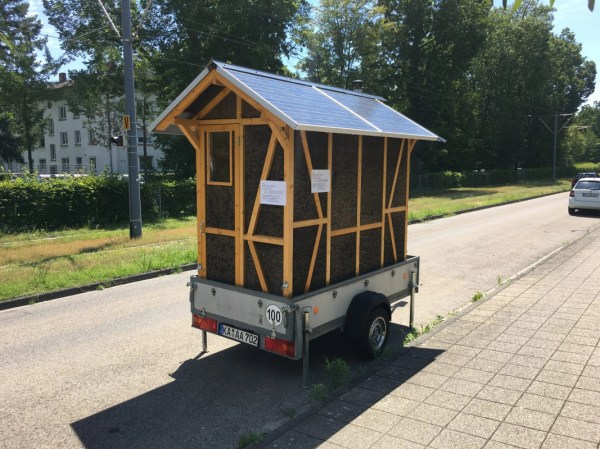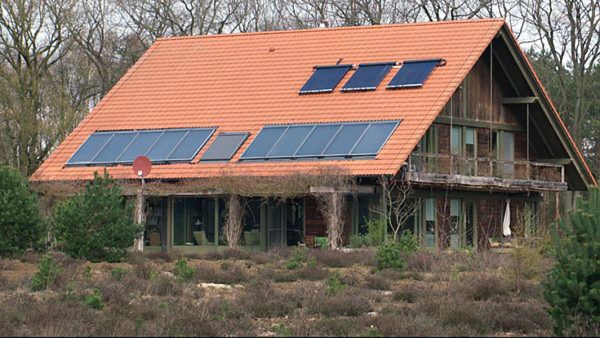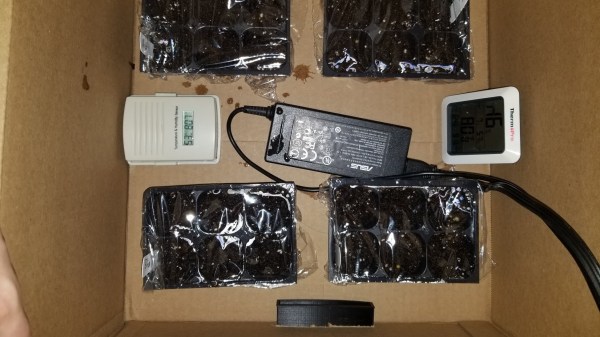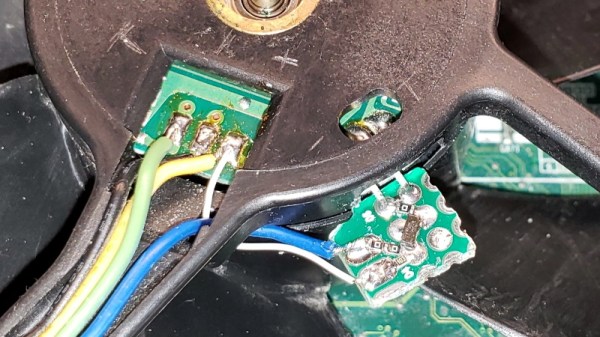While it might be nice to imagine owning a cabin in the woods to escape from society, complete with an outdoor sauna to take in the scenic views of nature, most of us will be satisfied with the occasional vacation to a cabin like that. For those trips, or even for long-term camping trips, [Schitzu] and a group of friends thought it would be nice to be able to ensure access to a sauna. For that, they created this mobile, timber-framed sauna that he can tow behind his car.
The sauna is built out of a combination of spruce and Douglas fir, two types of lumber with weather-resistant properties. For an additional layer of protection, the frame was varnished after assembly. The walls are filled with baked cork for insulation, and heat is provided by a small wood-fired oven placed in the corner of the sauna with a stove pipe plumbed through the roof. Performance of the sauna shows good design too, as it can heat up quickly and performs well in all of the tests so far. The final touch on the mobile sauna was to finish the roof with some solar panels in order to gather some energy for long-term camping trips and also to ensure that the roof was protected from rain and weather.
The sauna is designed for two adults to sit in, but it will also accommodate a single person to lay down and sleep (presumably when not using it as a sauna), so the entire trailer actually makes a fairly capable mobile camper too. With the addition of a panoramic window, anyone can take in the sights as well as someone with their own permanently-located sauna could, which is a win in all of our books. If you’re looking for a mobile sauna that’s a little more discrete though, be sure to check out this one which is built in the back of a white panel van.



















